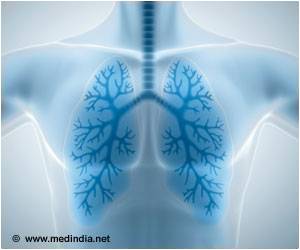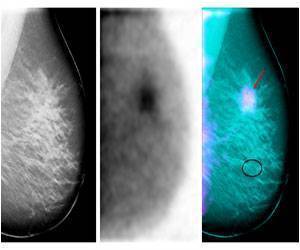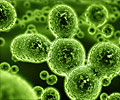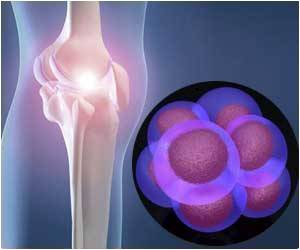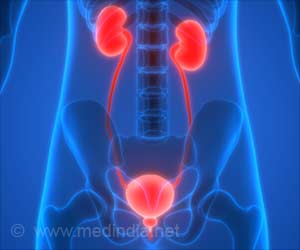Direct observation of microorganisms feeding on the intestinal mucosa was successfully made by the microbiology team of David Berry, Alexander Loy and Michael Wagner.

Cooperation: Department of Microbial Ecology and Max F. Perutz Laboratories
The team led by Michael Wagner and Alexander Loy wanted to know as part of their activities supported by the Austrian Genome Research Program GEN-AU: Which organisms in healthy mice consider the mucosa and intestinal mucus layer a delicacy? "We've come up with an experimental setup that allows us for the first time to look into the intestine and directly observe organisms grazing on the mucus and measure how much mucus they have taken up," said team leader Alexander Loy from the Department of Microbial Ecology, University of Vienna. To do this, the microbiologists in collaboration with the teams of Thomas Decker, Department of Microbiology, Immunobiology and Genetics at the Max F. Perutz Laboratories and Bärbel Stecher of the University of Munich, labeled an amino acid with stable isotopes that once in the bloodstream mostly ends up in the mucus. Wagner explains, "It became clear from the isotope ratio mass spectrometry measurements made by our collaborators Andreas Richter and Wolfgang Wanek from the Department of Terrestrial Ecosystems Research, University of Vienna, that after only a few hours the isotopes had arrived in the intestinal mucosa, where they were broken down by bacteria." A method was now established to identify bacteria feeding on the mucus layer with single-cell resolution.
Source-Eurekalert


